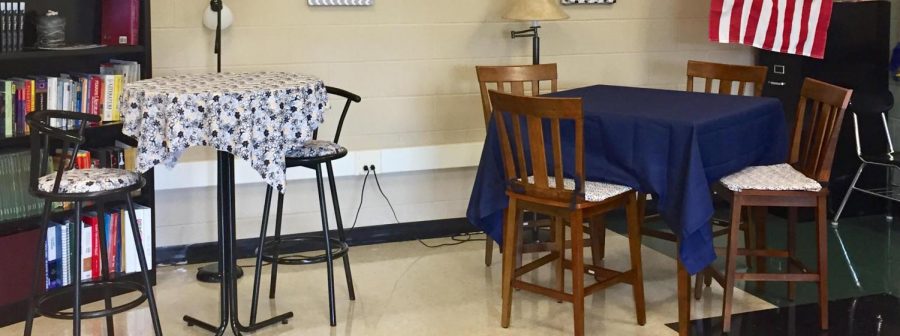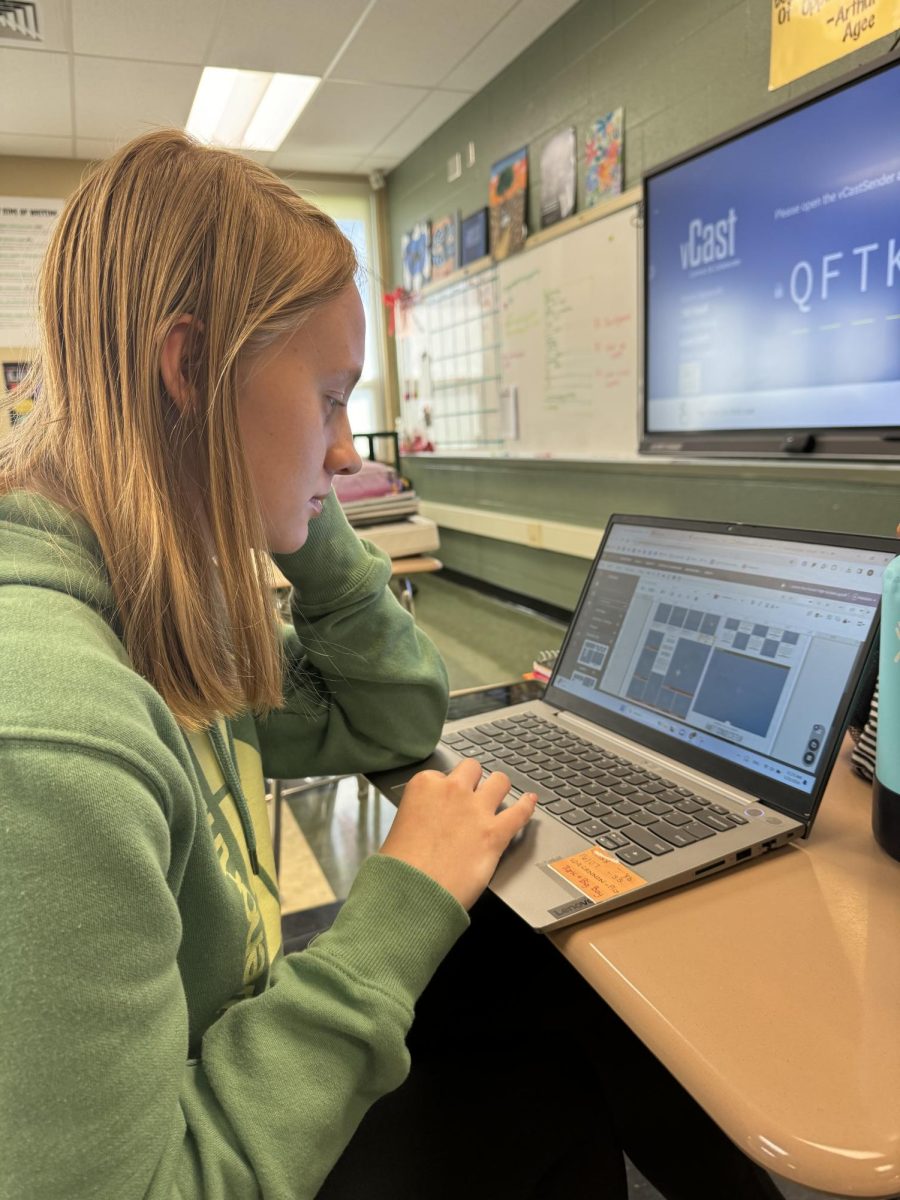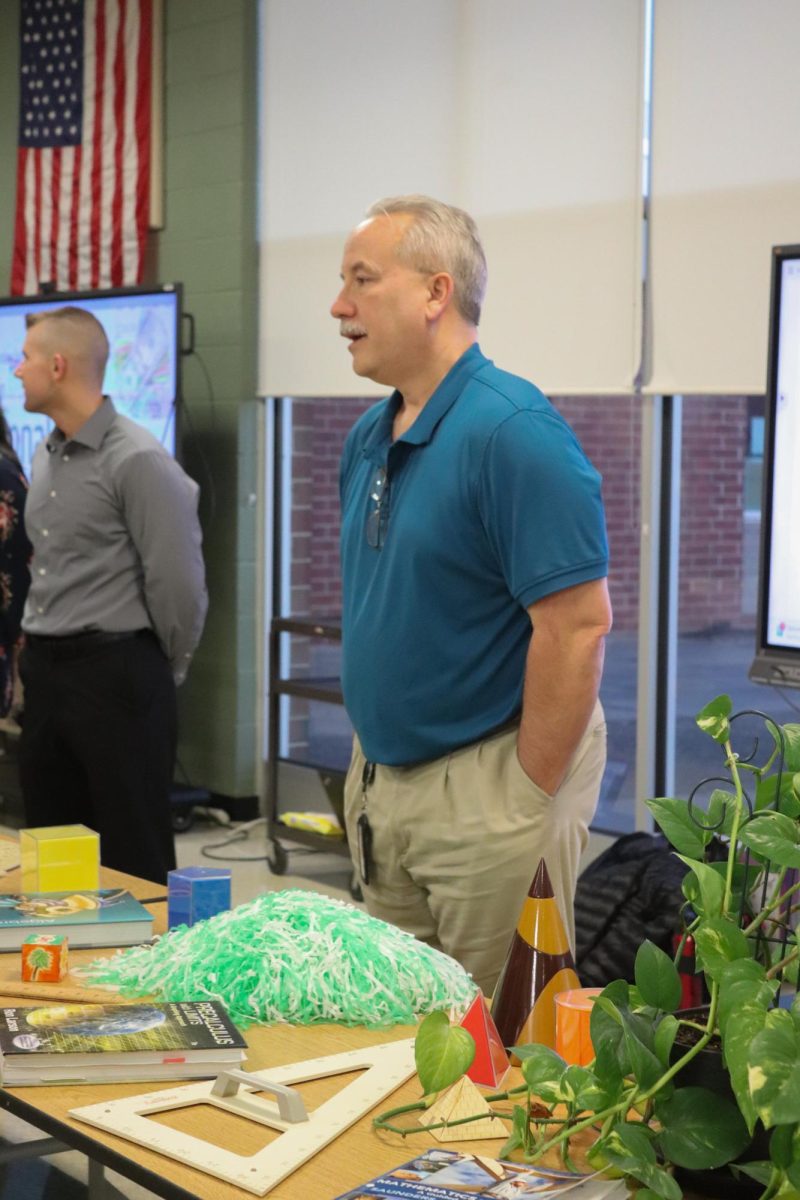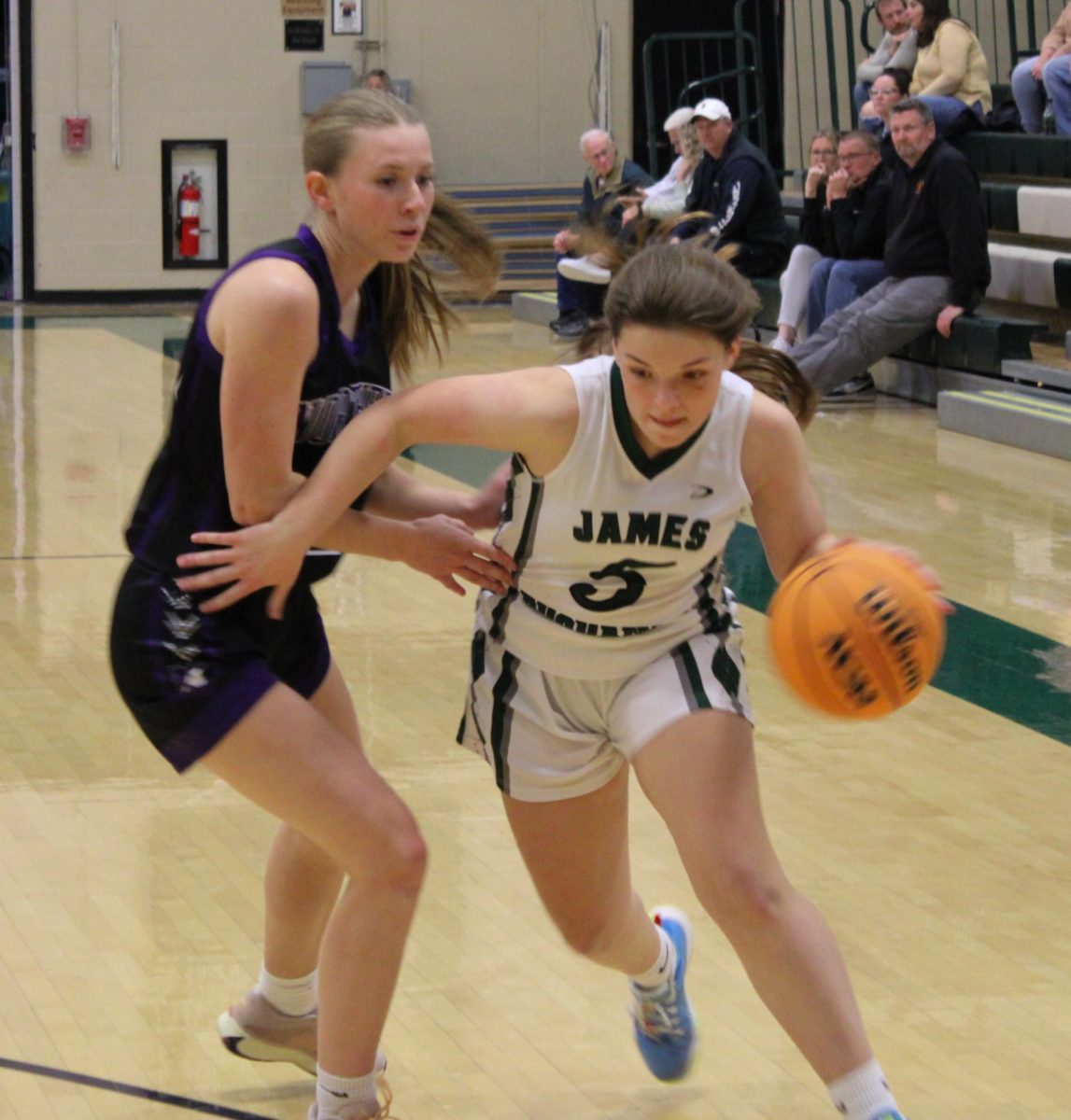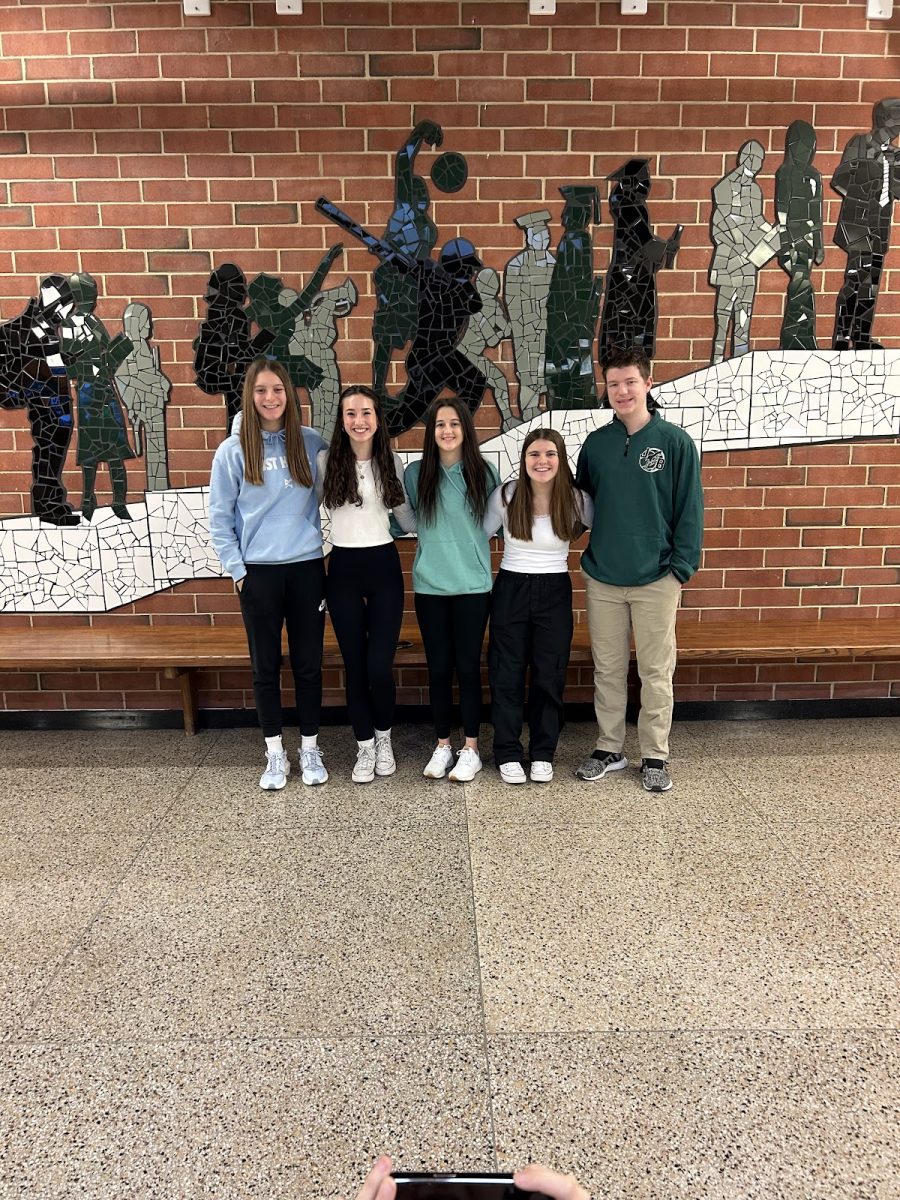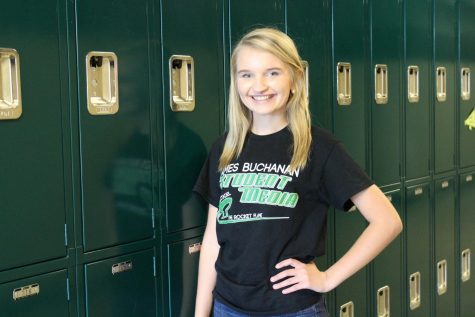
Teachers all over the United States are beginning to make a change in the way classroom seating operates. From standing desks to yoga balls, the classroom has begun to operate as a Starbucks in the way seating is personalized for students. Flexible seating has become a huge craze for teachers across the country, allowing each student to choose their own seating to learn.
This year English teacher Ms. Nicole Myers, faculty, is the first to implement full-on flexible seating in her classroom. Along with her, Spanish teacher, Ms. Danielle Simchick, and Art teacher, Ms. Kayla Chambers have also began to add their own flexible seating ideas to their classrooms.
“It is talked about how important it is in the elementary levels promoting, movability, being versatile as a teacher, how it allows kids to have additional choices,” said Myers. “So I thought as much as that is an elementary thing it can be a middle school and high school thing. ”
Myers explains how she had to make some changes to make it more age appropriate for students in middle school and high school.

“ I had to look for options that would work for those bigger individuals.” Myers said.
This led her to choose options like the high-top tables, low-top tables, and lawn chairs rather than options that would be more fitting for smaller children.
Making the classroom student-centered, also raises the question, “Can students handle it?” It is believed students will become disruptive when given the chance to sit on structures, like the yoga balls.

“They’re still fifteen, they still want to sit with their friends. If they find a chance to be distracted they take it. They get it some days, and I take it away somedays.” Myers said . “What it does for me to take it away is make it that much more of an award. They take it and make good choices with it.” Myers explained.
Many teachers adopt this new method of the classroom because each student is different in the way they learn. It can be difficult to accommodate every student, but this type of seating can allow each student to sit at a different structure each day depending on what is best for them.
“I have had students say I really do not like this, I want this instead, ” said Myers. “And that is what it is for.”
The students have alternative seating arrangements, and allowing them to choose what they enjoy and don’t enjoy, helping the student be comfortable in their own learning environment. Like Starbucks, the classroom can allow students to work comfortably work alone or in groups.



